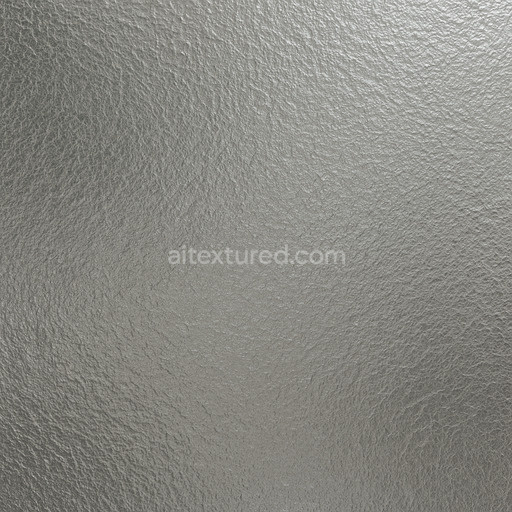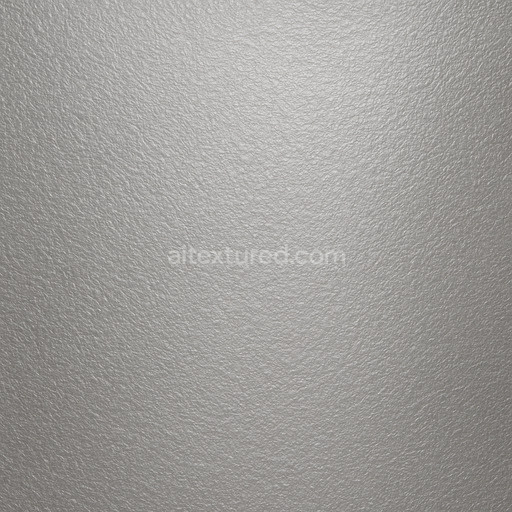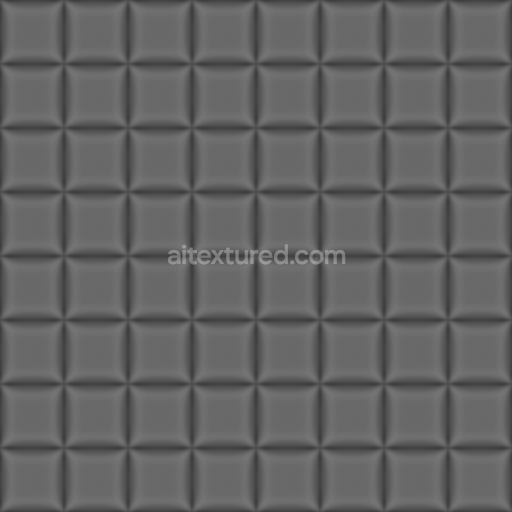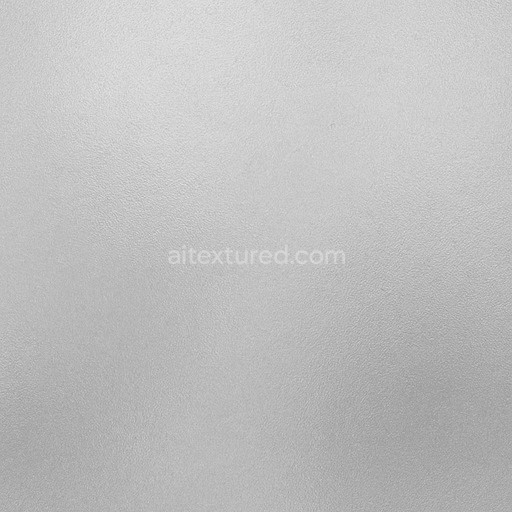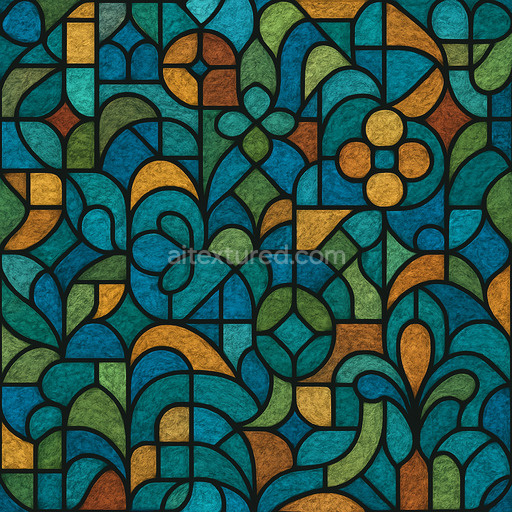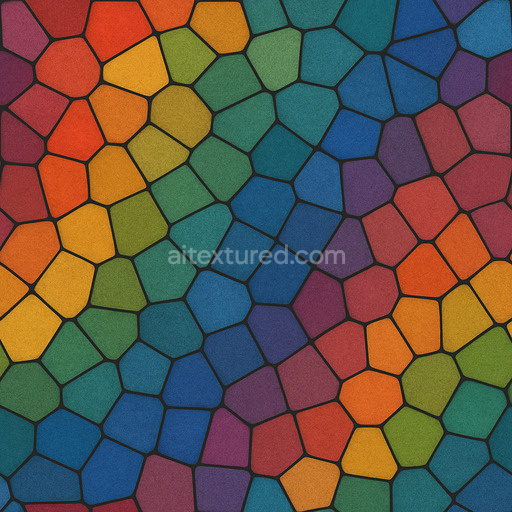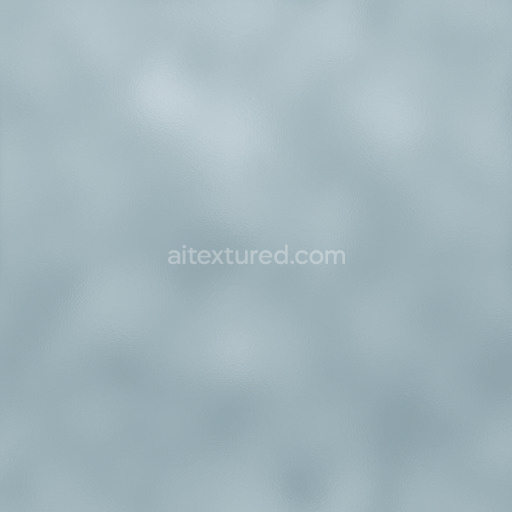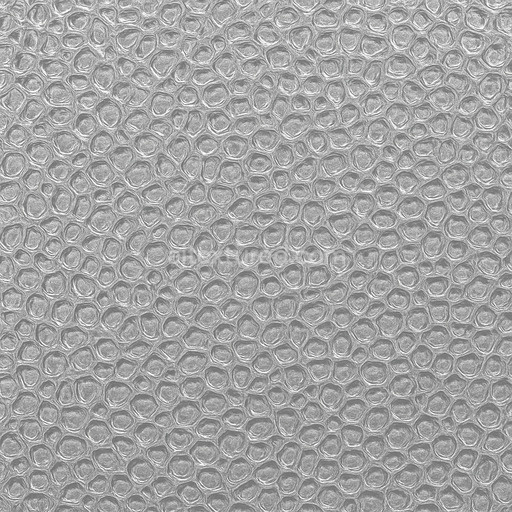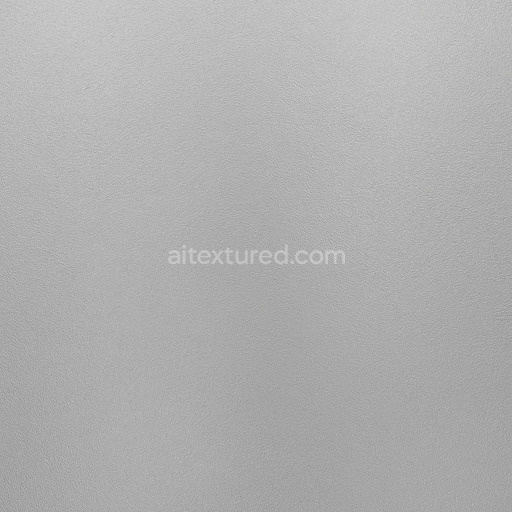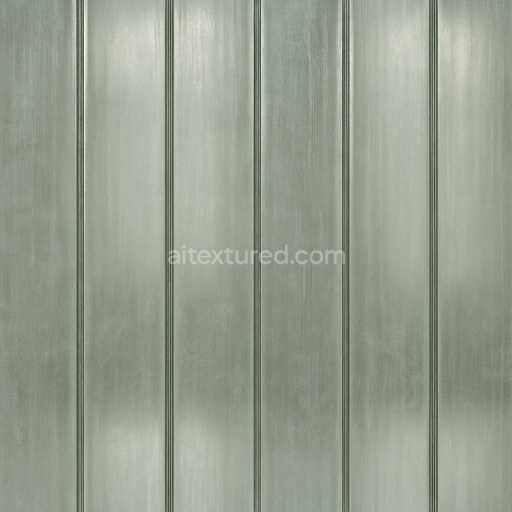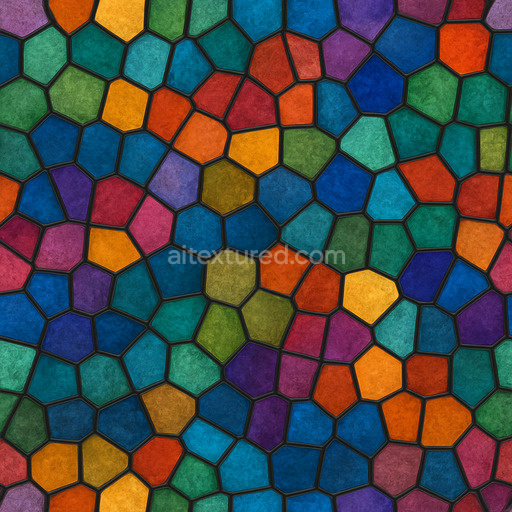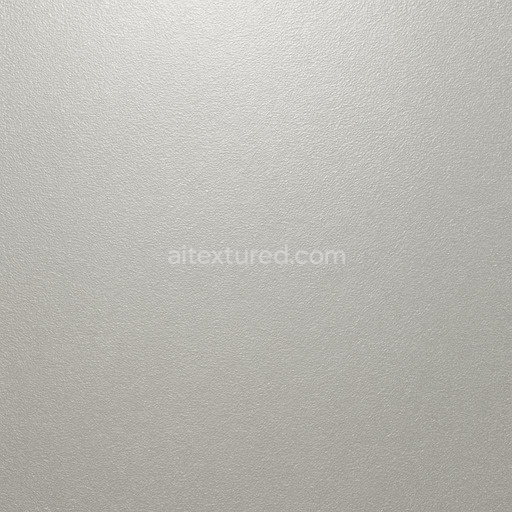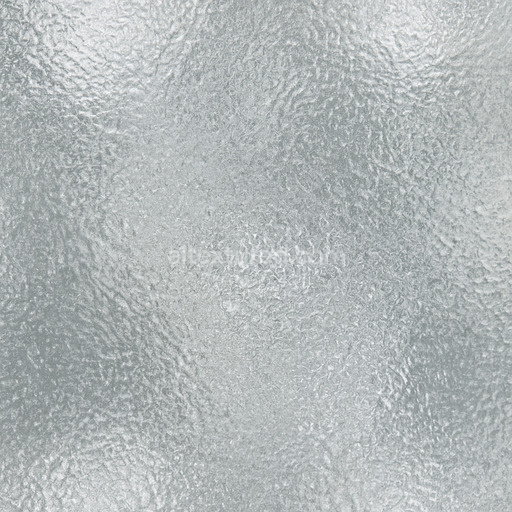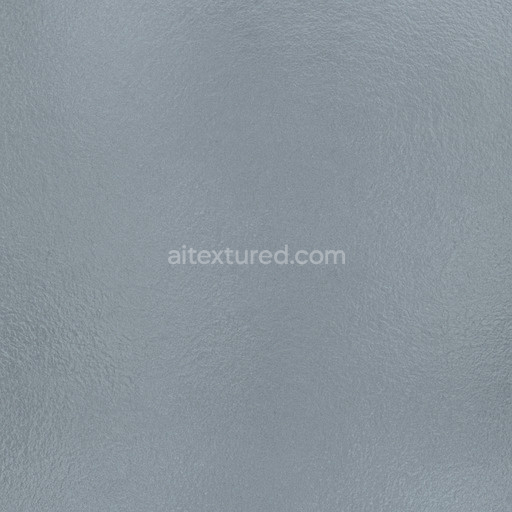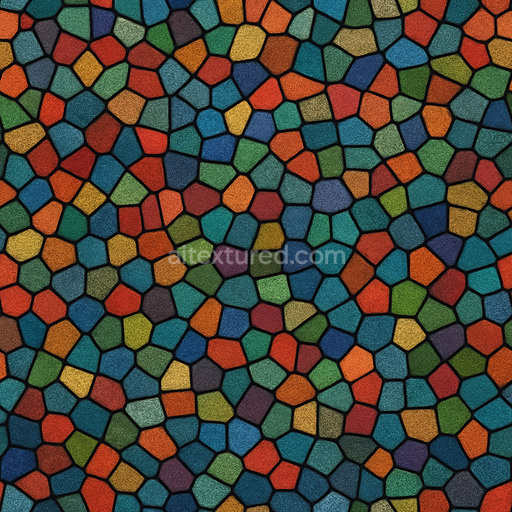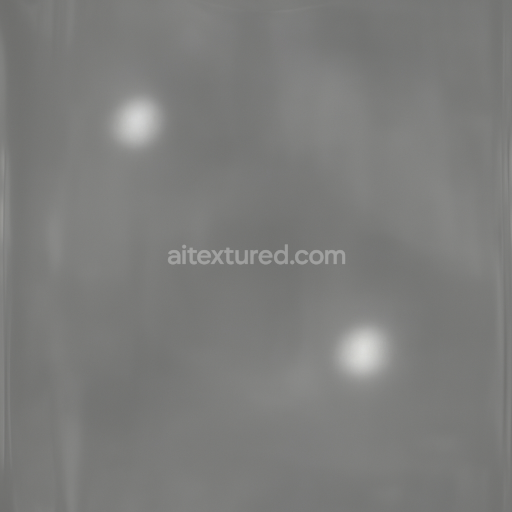The coarse frosted glass texture seamless high resolution up to 8ktexture presents a meticulously crafted surface that replicates the unique characteristics of thick mineral-based glass treated to achieve a naturally coarse and frosted finish. This texture captures the interplay of microscopic glass grains and subtle surface etching creating a lightly diffused appearance typical of industrially sandblasted or acid-etched glass substrates. The base material primarily silica-based glass is represented with subtle variations in translucency and diffuse scattering while the binder effect is implied through a slight uniform matte sheen that softens reflections. Fine aggregates and grain orientation manifest as irregular but controlled surface roughness enhancing the tactile feel of the frosted finish with a nuanced balance between opacity and light transmission. The texture’s porosity and weathering are minimal but realistically suggested by micro-roughness and slight matte haze simulating a surface that has undergone gentle wear or intentional frosting treatment. In PBR terms the BaseColor/Albedo channel shows muted desaturated tones with a light grayish tint while the Normal map encodes delicate bumps and grain patterns that add subtle depth without overpowering the smoothness. Roughness maps emphasize the non-reflective matte quality of frosted glass with high values that scatter light diffusely. The Metallic channel is close to zero indicating a non-metallic glassy substrate. Ambient Occlusion enhances the perception of depth in crevices and grain boundaries and the Height/Displacement map subtly elevates coarse etching and textural variations for realistic parallax and surface interaction.
This tileable coarse frosted glass texture seamless high resolution up to 8ktexture is designed specifically for modern 3D pipelines and workflows ensuring optimal performance and visual fidelity even on large UV islands. Its high resolution—up to an impressive 8K—guarantees crisp detail and fine grain visibility ideal for cinematic renders real-time scenes and level dressing where glass materials must convey both clarity and diffusion simultaneously. Fully compatible and optimized for Blender Unreal Engine and Unity this AI-generated texture integrates effortlessly with minimal setup supporting physically based rendering workflows. For best results it is recommended to maintain consistent texel density across your assets and keep UV maps uniform to avoid distortion or stretching of the seamless tile. Additionally tuning the roughness channel can tailor the degree of frostiness to suit specific lighting conditions or artistic direction while subtle height map adjustments can enhance parallax effects for heightened realism in close-up views.
Overall this coarse frosted glass texture seamless high resolution up to 8ktexture offers a versatile and realistic material option within the glass textures category combining the natural irregularities of frosted surfaces with the precision and convenience required by professional 3D artists and developers. Its carefully curated composition and balanced visual features make it an excellent choice for material studies architectural visualization and immersive environmental design delivering both aesthetic appeal and technical reliability across diverse digital platforms.
The seamless coarse frosted glass texture seamless high resolution up to 8k offers a highly detailed PBR appearance with an ai texture coarse frosted glass texture seamless high resolution up to 8k that can be examined in a realistic 3D preview for accurate material composition analysis.
How to Use These Seamless PBR Textures in Blender
This guide shows how to connect a full PBR texture set to Principled BSDF in Blender (Cycles or Eevee). Works with any of our seamless textures free download, including PBR PNG materials for Blender / Unreal / Unity.
What’s inside the download
*_albedo.png — Base Color (sRGB)*_normal.png — Normal map (Non-Color)*_roughness.png — Roughness (Non-Color)*_metallic.png — Metallic (Non-Color)*_ao.png — Ambient Occlusion (Non-Color)*_height.png — Height / Displacement (Non-Color)*_ORM.png — Packed map (R=AO, G=Roughness, B=Metallic, Non-Color)

Quick start (Node Wrangler, 30 seconds)
- Enable the addon: Edit → Preferences → Add-ons → Node Wrangler.
- Create a material and select the Principled BSDF node.
- Press Ctrl + Shift + T and select the maps
albedo, normal, roughness, metallic (skip height and ORM for now) → Open.
The addon wires Base Color, Normal (with a Normal Map node), Roughness, and Metallic automatically.
- Add AO and Height using the “Manual wiring” steps below (5 and 6).
Manual wiring (full control)
- Create a material (Material Properties → New) and open the Shader Editor.
- Add an Image Texture node for each map. Set Color Space:
- Albedo → sRGB
- AO, Roughness, Metallic, Normal, Height, ORM → Non-Color
- Connect to Principled BSDF:
albedo → Base Colorroughness → Roughnessmetallic → Metallic (for wood this often stays near 0)normal → Normal Map node (Type: Tangent Space) → Normal of Principled.
If details look “inverted”, enable Invert Y on the Normal Map node.
- Ambient Occlusion (AO):
- Add a MixRGB (or Mix Color) node in mode Multiply.
- Input A =
albedo, Input B = ao, Factor = 1.0.
- Output of Mix → Base Color of Principled (replaces the direct albedo connection).
- Height / Displacement:
Cycles — true displacement
- Material Properties → Settings → Displacement: Displacement and Bump.
- Add a Displacement node: connect
height → Height, set Midlevel = 0.5, Scale = 0.02–0.08 (tune to taste).
- Output of Displacement → Material Output → Displacement.
- Add geometry density (e.g., Subdivision Surface) so displacement has polygons to work with.
Eevee (or lightweight Cycles) — bump only
- Add a Bump node:
height → Height.
- Set Strength = 0.2–0.5, Distance = 0.05–0.1, and connect Normal output to Principled’s Normal.
Using the packed ORM texture (optional)
Instead of separate AO/Roughness/Metallic maps you can use the single *_ORM.png:
- Add one Image Texture (Non-Color) → Separate RGB (or Separate Color).
- R (red) → AO (use it in the Multiply node with albedo as above).
- G (green) → Roughness of Principled.
- B (blue) → Metallic of Principled.
UVs & seamless tiling
- These textures are seamless. If your mesh has no UVs, go to UV Editing → Smart UV Project.
- For scale/repeat, add Texture Coordinate (UV) → Mapping and plug it into all texture nodes.
Increase Mapping → Scale (e.g., 2/2/2) to tile more densely.
Recommended starter values
- Normal Map Strength: 0.5–1.0
- Bump Strength: ~0.3
- Displacement Scale (Cycles): ~0.03
Common pitfalls
- Wrong Color Space (normals/roughness/etc. must be Non-Color).
- “Inverted” details → enable Invert Y on the Normal Map node.
- Over-strong relief → lower Displacement Scale or Bump Strength.
Example: Download Wood Textures and instantly apply parquet or rustic planks inside Blender for architectural visualization.
To add the downloaded texture, go to Add — Texture — Image Texture.

Add a node and click the Open button.

Select the required texture on your hard drive and connect Color to Base Color.

